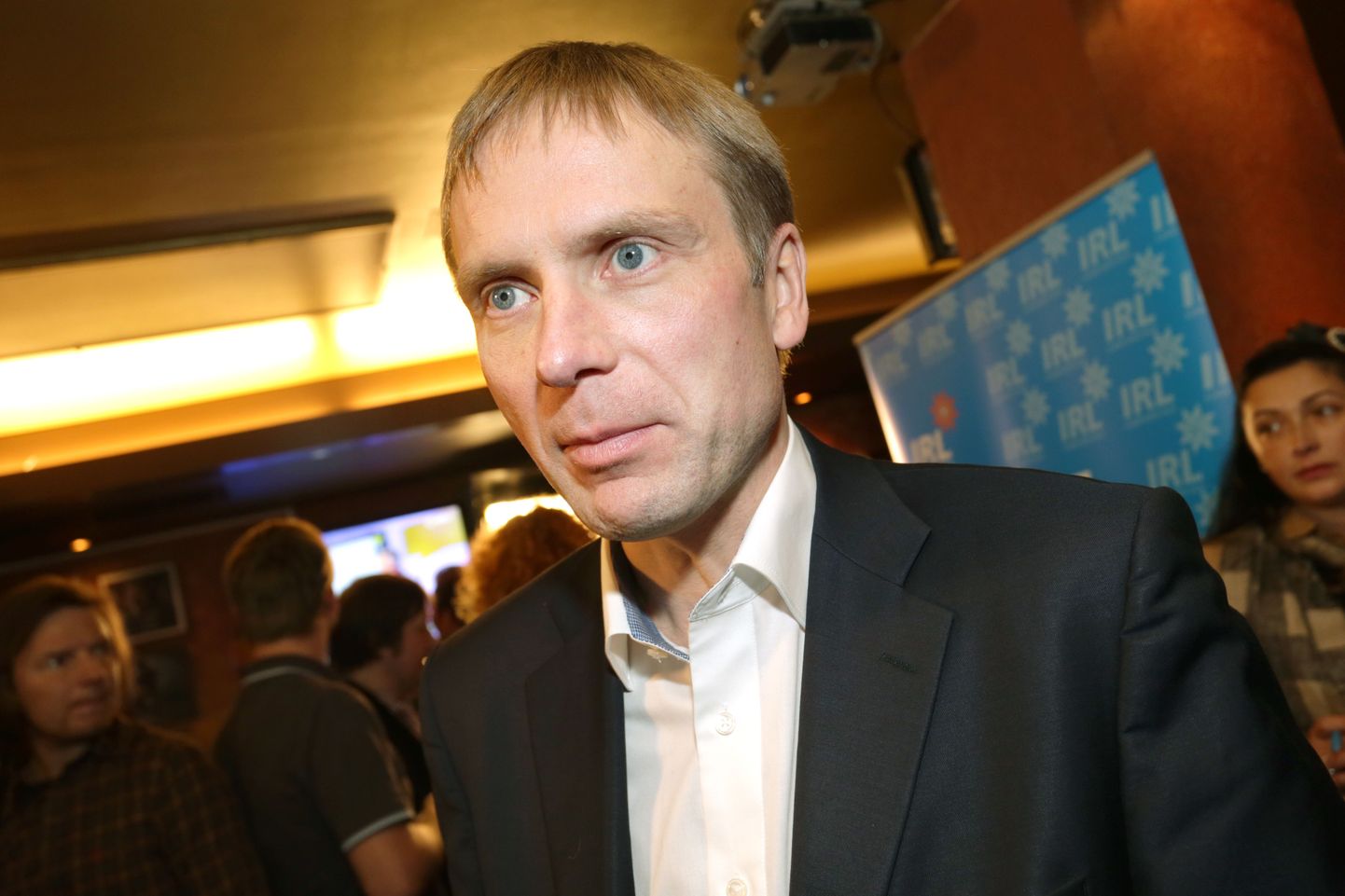Probably, in April or thereabouts when the Ukrainians first succeeded in mobilising their men and started to send more combat-ready units east of the Dnepr River, Moscow decided to cancel a quick attack across the borderline. The 40,000 troops amassed there were no longer enough. Therefore, the seeming easing of tensions and pullback of troops that followed should rather be read as regrouping – not retreat.
It would be naive indeed to assume that after months of testing various versions of operations, Moscow has suddenly given up on its strategic goal i.e. gaining control over Ukraine. We can be quite sure they are weighing new military options.
Until now, Mr Putin has constantly managed to serve surprises with the timing of his steps and direction thereof. The only thing I dare to predict with assurance is that he will definitely take the next military step. The question what it could be like is currently causing sleepless nights in Kiev and, hopefully, in NATO and Washington as well. Also, with the next step Russia will at least partly come out of the closet militarily, so to speak.
Three main versions might be offered. Firstly, Russians might bring the troops currently left at the borders in as peacekeepers. (Moscow’s recent days’ super sharp rhetoric regarding a missile allegedly flown from Ukraine into a dwelling in Russia sounds like a fitting pretext indeed.) Clearly, these troops will not be enough to occupy Eastern Ukraine; even so, the invasion would upset the Ukrainian offensive and would provide some significant breathing space for separatists who, in the two main centres that they have, are being surrounded by Ukrainians. Also, the Ukrainians would be forced to bring extra troops from the North, which would leave the North very vulnerable. If the success of Ukrainians continues in its current tempo, in a couple of weeks it will be too late for an operation like that. Therefore, if the Russians will indeed invade Lugansk and Donetsk Oblasts, they will do that within days.

